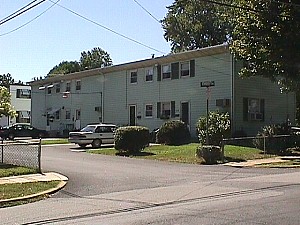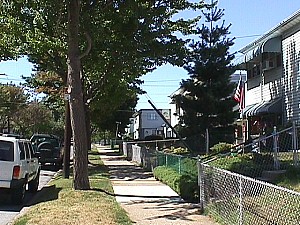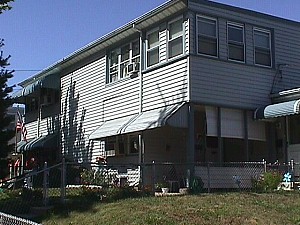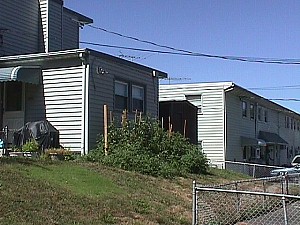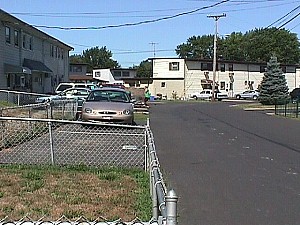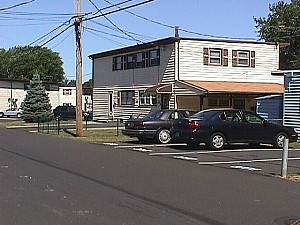1943 |
|
The four architects had decided to achieve an effect of harmony and therefore not to use any historical style in its pure form. Peter Keating designed the white marble semi-Doric portico that rose over the main entrance, and the Venetian balconies for which new doors were cut. John Erik Snyte designed the small semi-Gothic spite surmounted by a cross, and the bandcourses of stylized acanthus leaves which were cut into the limestone of the walls. Gordon L. Prescott designed the semi-renaissance cornice, and the glass-enclosed terrace projecting from the third floor. Gus Webb designed a cubistic ornament to frame the original windows, and the modern neon sign up on the roof, which read: "The Hopton Stoddard Home for Subnormal Children."
|
|
|
Quondam © 2018.03.12 |
